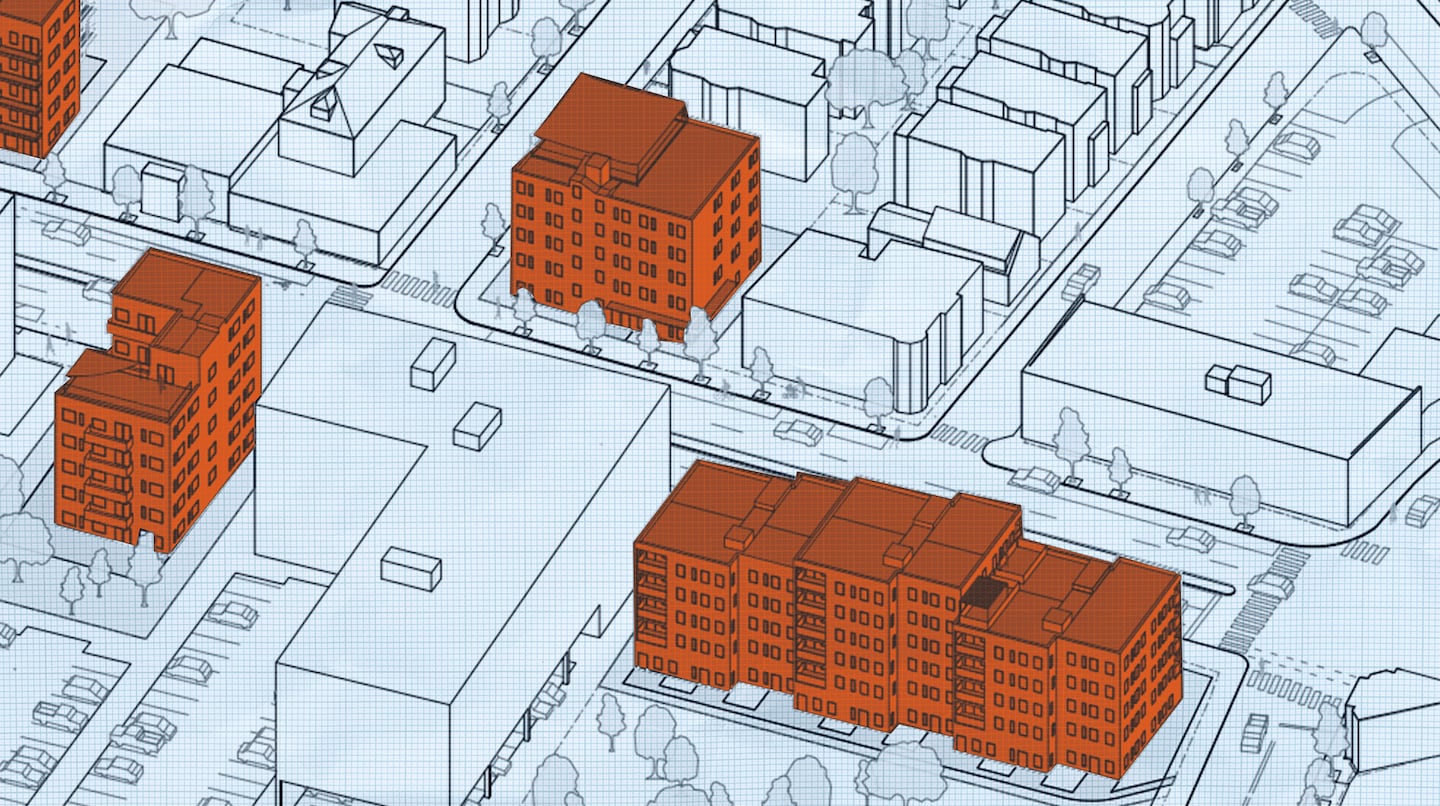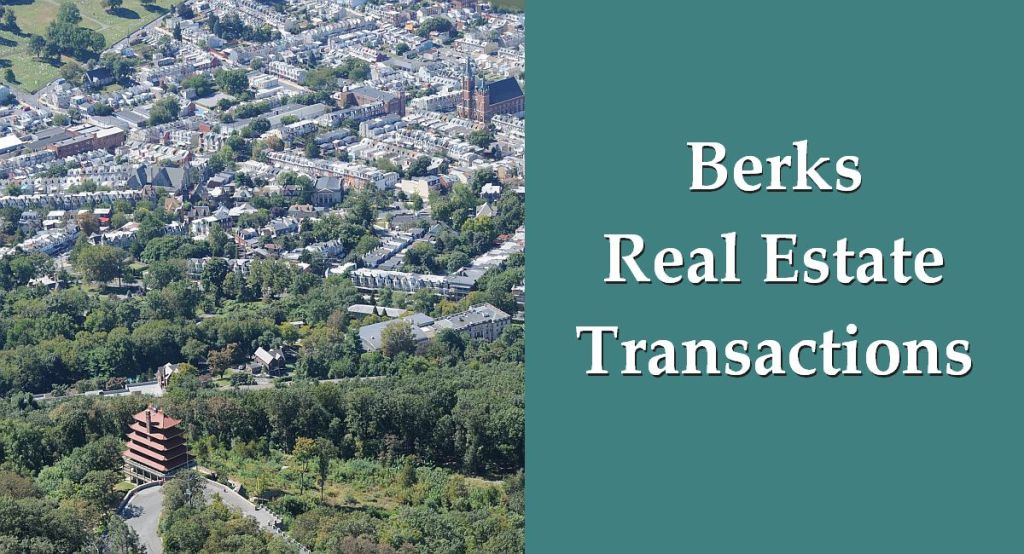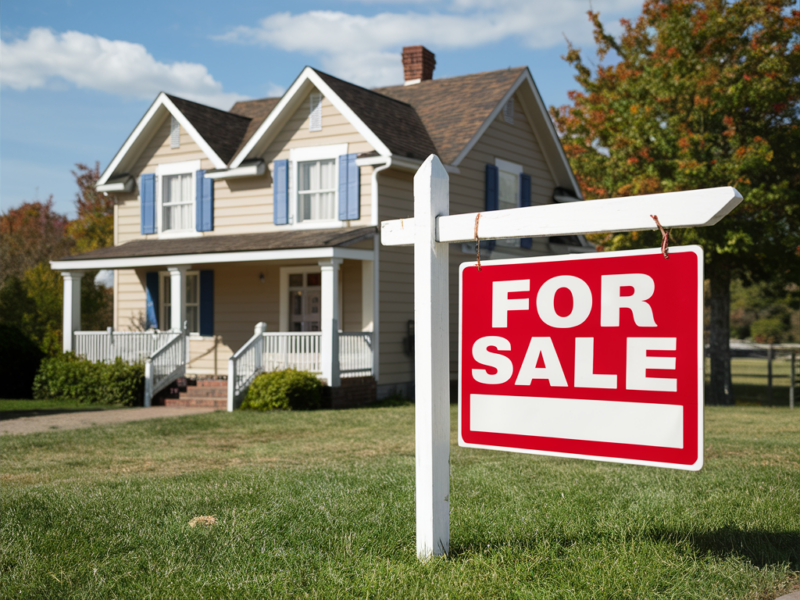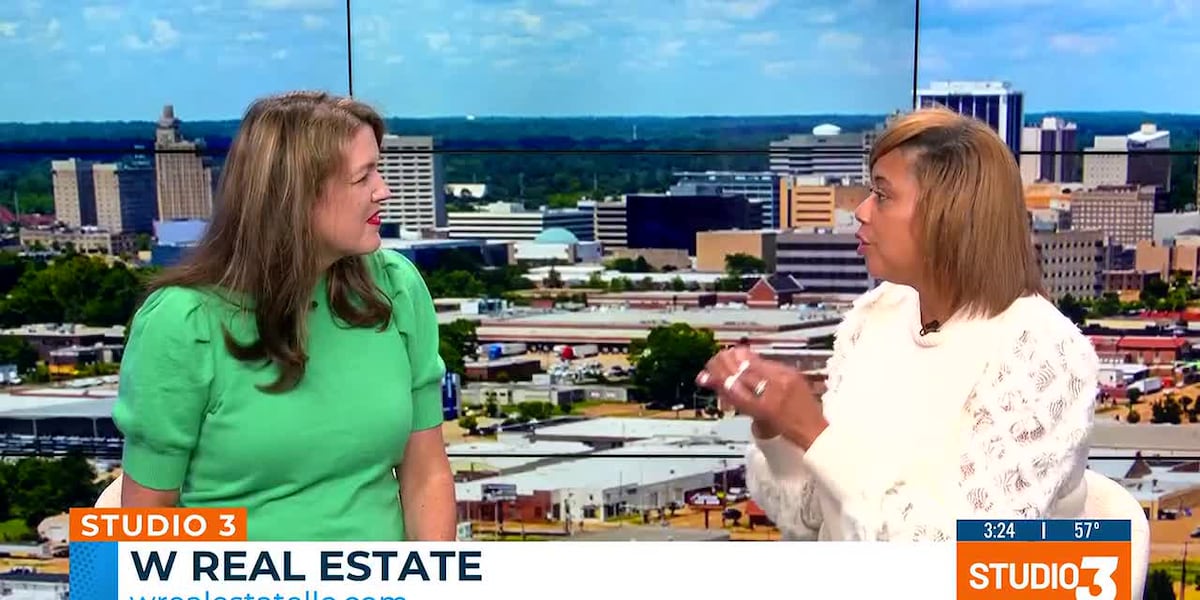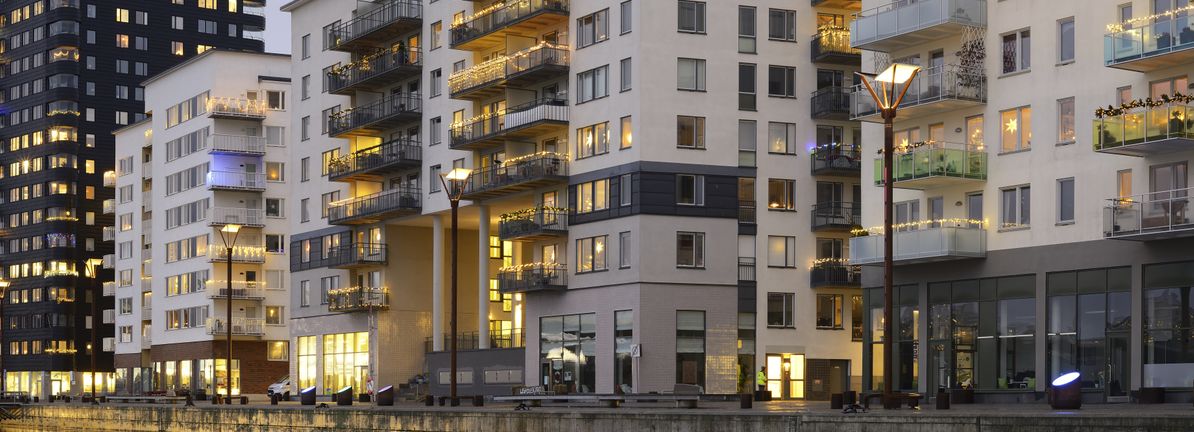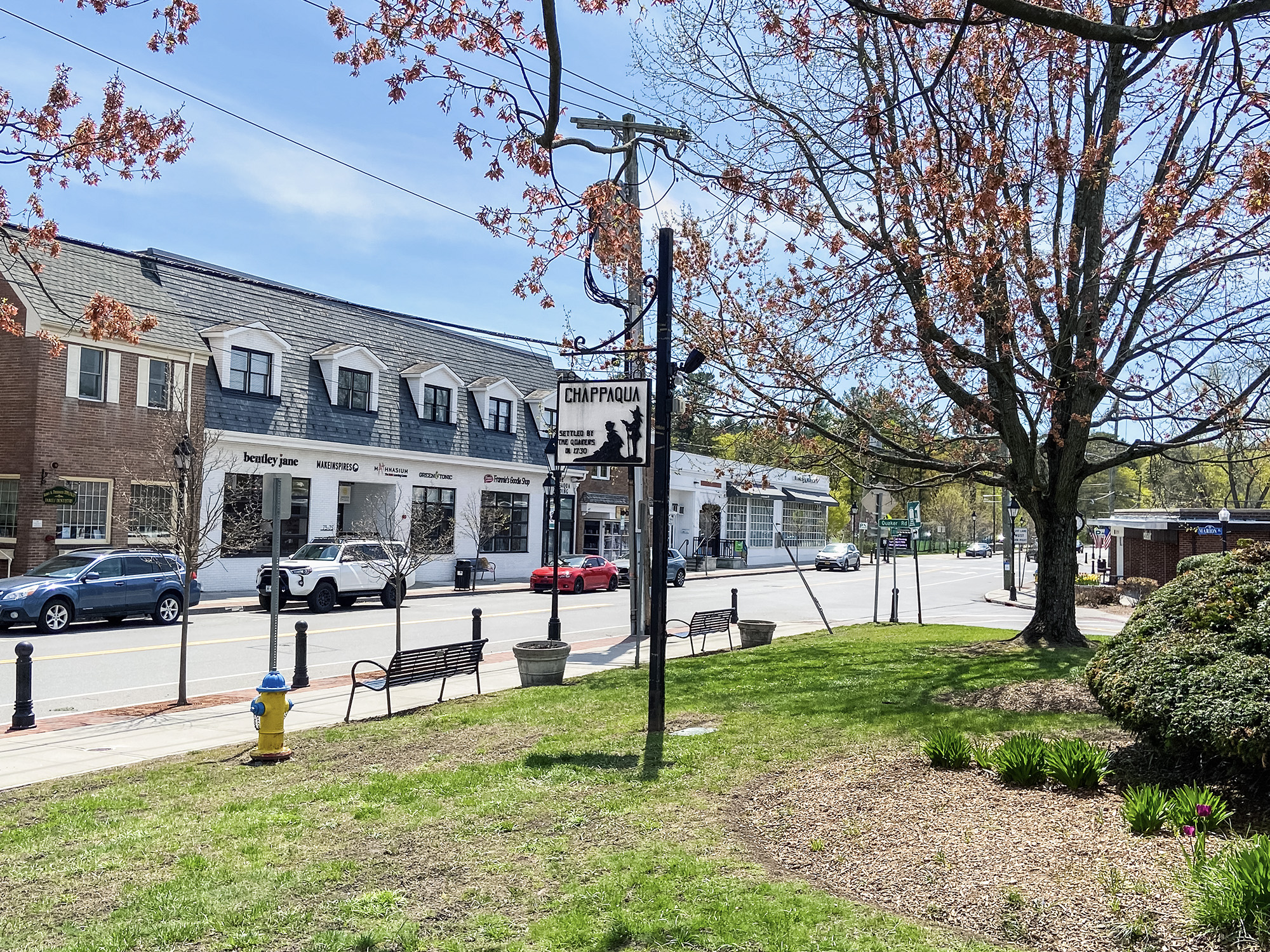M
assachusetts faces a severe housing shortage. A statewide assessment by Governor Maura Healey’s office projects a need for 222,000 additional units by 2035, covering all types, sizes, and price points. When supply lags, prices climb. In 2024 the median single‑family home sold for $615,000, up from $570,000 the year before. Many young professionals are leaving because they cannot afford to live here. Homelessness has surged: 56,000 people were homeless in 2024, compared with 33,000 in 2019.
Housing costs rise from many sources: construction expenses, complex zoning, and permitting. A less‑noticed driver is regulation. Sam Joslin, president of the Massachusetts Building Commissioners and Inspectors Association, notes that while each local rule or new code is well‑intentioned, the cumulative effect makes units far less affordable. PJ Antonik, CEO of Oak Development and Design and board member of the Builders and Remodelers Association of Greater Boston, points out that high wages, strict state energy, plumbing, and electrical codes, and additional town rules all add time and money. “It’s not just building codes,” he says. “Every department—historic commission, zoning, health, building, energy—makes it harder and more expensive.” Antonik stresses he is not against regulation, but questions whether it must be so stringent.
Healey’s Unlocking Housing Production Commission identified regulations, codes, and permitting as key barriers, recommending changes along with workforce development, zoning, and statewide planning. The administration has already shortened some environmental review deadlines. The editorial board will next examine three specific rules that may be ripe for revision:
1. A fire‑safety requirement that mandates two stairwells for multifamily buildings over three stories. Many countries and U.S. cities now build four‑ or six‑story structures with a single stairwell.
2. The definition of a “high‑rise” as any building over 70 feet, roughly one story below the model building code’s recommendation.
3. Municipal authority to impose septic‑system rules stricter than state standards.
Individually these rules seem minor, but collectively they inflate construction costs. Boston Indicators reports that the two‑stairwell rule, combined with other fire‑safety mandates, can add 15–25 % to a project’s cost. Regulations that made sense when buildings were wood‑frame and ladders shorter may no longer be necessary in an era of sprinklers and fire‑resistant materials. Marc Draisen, executive director of the Metropolitan Area Planning Council, argues that a healthy regulatory system should be reviewed every few years to ensure continued relevance and cost‑effectiveness.
Lowering construction costs does not automatically lower market prices; developers may still sell at market rates to secure profit. Yet high interest rates, potential tariffs on materials, and elevated land and building costs push developers to raise prices. Reducing unnecessary regulations could lower construction costs over time, enabling more housing to be built. Draisen notes that developers decide whether to build apartments or single‑family homes, and whether to build in Massachusetts or elsewhere.
Construction Coverage’s March report found that the average construction cost for a residential unit in Massachusetts—excluding land—was $334,280, one of the nation’s highest. In Delaware, the lowest‑cost state, the average unit cost is $143,579.
Regulation is essential, but it should not be so burdensome that it blocks development. The Boston Globe Editorial Board presents these views. Follow @GlobeOpinion.
